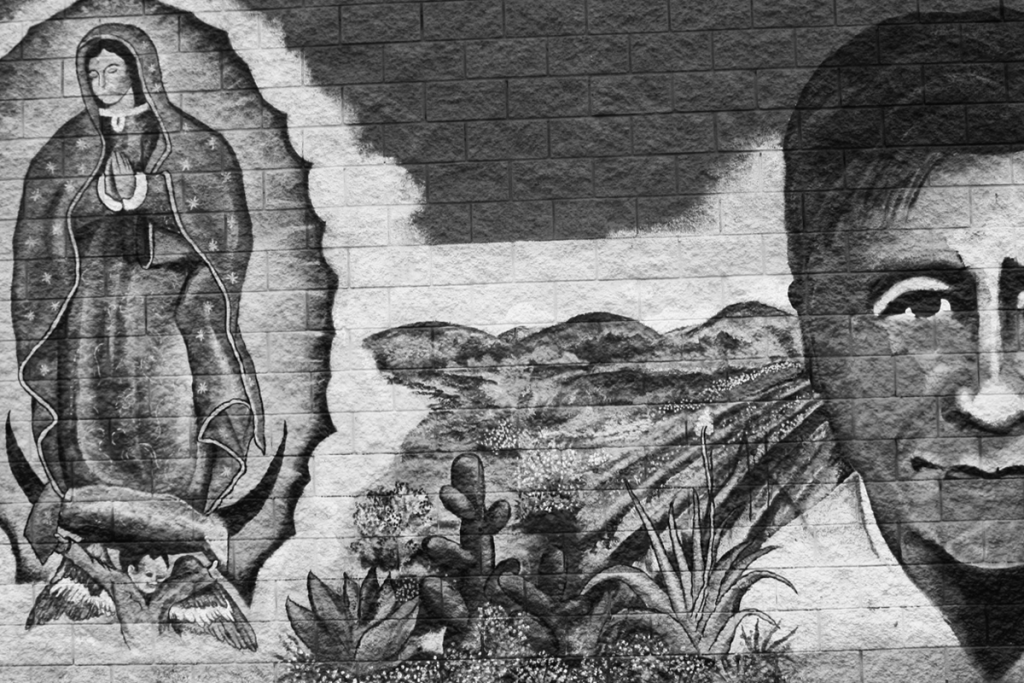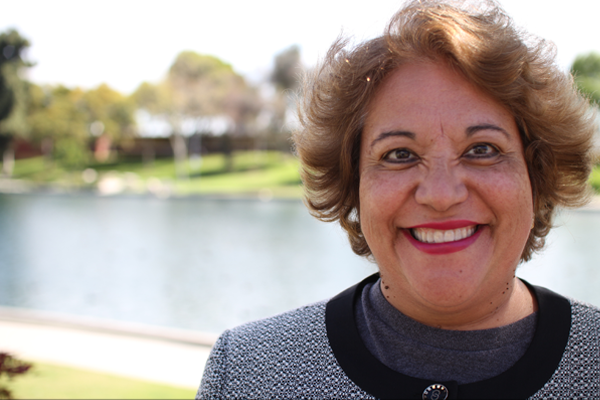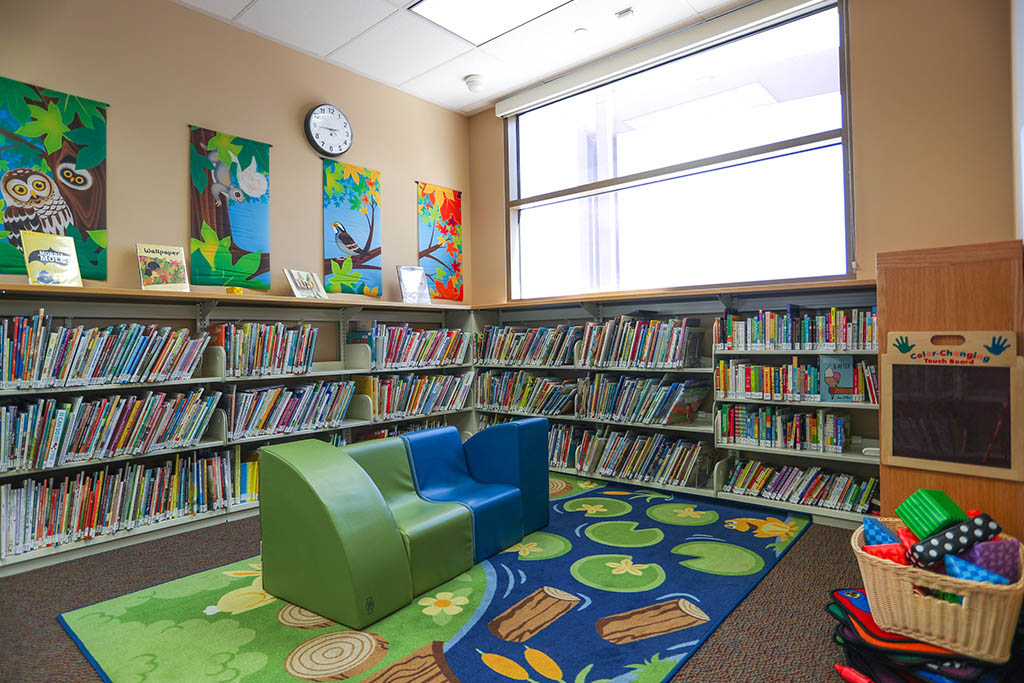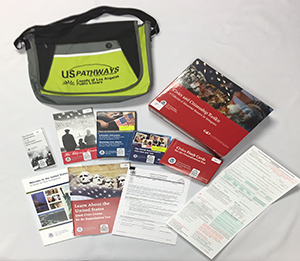Warrior In The Fields

I remember that morning. I was 11.
I watched from my bedroom window as cars, vans, and motorcycles parked in Al’s Produce across the street on Brooklyn Avenue, (now Avenida Cesar E. Chavez) and Kern. Teenagers and adults together chanted “Don’t buy the grapes!! Huelga, huelga.” The red flags with the black eagle fluttered in the wind as the number of protestors grew.
It was September 16, 1977 – Mexican Independence Day, and in East L.A. we were preparing for our annual parade.
Some blew their whistles like football referees. Others walked back and forth shouting ‘Si se puede!’, (Yes, we can). Before long, there was no place to park on the corner parking lot and the overflow began to park on Kern Avenue. Many folks were dressed in psychedelic clothes.
Later that morning, my parents drove my brother, Oscar, and me near my school on Dozier Street.
I stood in front of Our Lady of Soledad Elementary School dressed in my school uniform and Oxford shoes and waited my turn to walk in the parade. I could hear the chit-chattering of fellow students, nuns, priest, parents and friends of the community carrying on. It was a warm, sunny Saturday afternoon. Birds flew above us and echoes of neighboring family dogs filled the air. Dozier Street filled with students and community activists putting the final touches on posters of the Virgin of Guadalupe and Viva La Raza! Ranchero music blasted from nearby homes, friends and neighbors exchanged hugs, kisses on the cheek, and high fives as the crowds grew.
It was then that I turned to my left and saw, a few feet away, the man whose picture I was coloring that week in my Social Studies class. He was watching the folks of East Los Angeles with a big smile on his face. I walked over to him and felt as though we were alone on the street. He smiled at me. I said hello and asked him if he was the man who helped people who worked in the fields.
The first time I had heard of Cesar Chavez and his farm workers movement was in my seventh-grade social studies class that year. In my home in East Los Angeles, we knew of people who worked the fields; however, we never spoke of them or the movement. We lived in a neighborhood that was mostly Mexican-American, with a sprinkle of non-Latinos, including our landlord, who was a generous and sweet Jewish Godfather figure to us.
Our home was known as the Kool-Aid house, since many neighborhood kids gathered regularly to play in our backyard, eat from the various fruit trees, and enjoy a glass of Kool- Aid. We were very poor and our backyard was much larger than our humble little shack. Still, children’s laughter and mischief frequently made our backyard feel like a park. I was the youngest of four children and the only girl, so building go carts, playing cowboys and Indians, and sports came easily.
Mrs. Cordero was the teacher who helped me discover the joy for learning. She was a slender Chicana, about six feet tall with cinnamon eyes, a sweet spirit and a heart of gold. Her kindness sweetened my life since I was terribly bullied at home and at school. In her class, we colored the grapes and strawberries of the fields from the San Joaquin Valley up north. We colored his blue jeans, white rolled-up shirt and cowboy hat. He was surrounded by trees, flowers, with a background filled with hills and valleys of strawberry fields and grapevines. The campesino men and women were working the fields, while the children played.
Farm work had touched my life in a big way, though I lived in East Los Angeles.
My father, Jose Manriquez, was part of the Bracero workforce established by a treaty between the United States and Mexico during World War II, allowing American growers to legally contract with Mexicans to come north and work the fields. In 1958, he made his way from Mexicali to Calexico, then Salinas and Fresno. For months at a time, he picked, pulled and sacked load after load of fruits and vegetables for hours under a relentless sun. He was one of hundreds of pickers surviving on ninety cents an hour and ten cents for each basket they picked.
I was three years old when we immigrated with him to the Central Valley — Bakersfield, I think. I remember playing in the fields. I could smell the sweet strawberries he picked, as my mouth watered. I felt as though I was swimming in an ocean of forest green. While pickers were busy filling their strawberry crates, I made my way to my father’s side, pulling my half-filled box of strawberries. He gave me a smile that burst with pride.
Soon after, we moved down to East Los Angeles where my father found work at Farmer John’s meat factory and washing cars with my uncle Horace at Pac Bell. He later worked in a foundry for fifteen years. My mother was an educated woman from Mexico who spoke no English but wanted an education for her children. “We didn’t come to America to work in fields,” she told my father. Moving to the city made a big difference in our education, our friends, and our neighborhood.
However, like veterans of war who don’t share too much about the horrors they’ve seen, my father was a warrior of the fields. He didn’t like to talk about the rodents and snakes in the fields climbing up his legs, or when growers didn’t pay him. He preferred to forget all the days with no food breaks, no drinking water, and the pain in his body that came with the job. So we never spoke of farm work, or the movement that was then gaining strength, or Cesar Chavez – which is why I didn’t know much about the man I met in the street that afternoon.
But when I approached and asked if he was the one who helped people, he said, gently, yes.
How do you know, I asked, that you are doing the right thing when you are helping people?
“It feels good in here,” he said, looking down at me, and he pointed to his heart.

June 9, 2015










